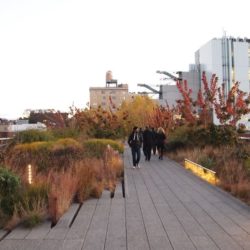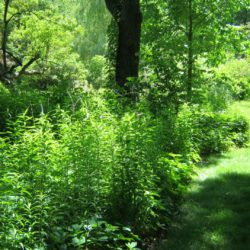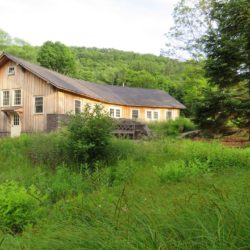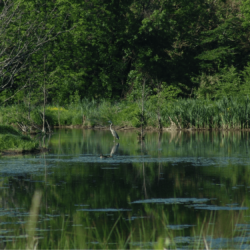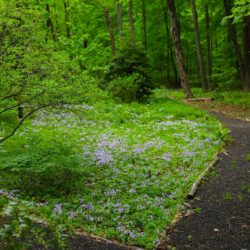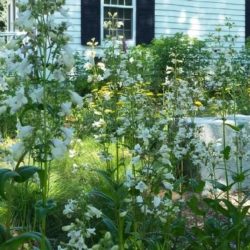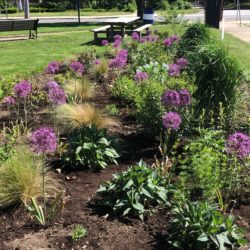By Emma Marris
In October of 2013, I toured three miles of disused railroad line in Philadelphia. The entire line was covered with spontaneous vegetation alive with butterflies and ladybugs. Here nature was showing us her resilience and her wild beauty and offering to meet us where most of us live now, in the city. What is tricky about urban wildness is what I call the High Line Problem.

